Cremona is a small city that treasures a world of knowledge and beauty. It boasts a splendid artistic heritage that shines in its own light and is renowned for the legendary artisan and musical tradition that has made it the home of the world's best violins. Also, storied hard-core pastry shops enchanting passers-by with their sweet temptations are part of the city's charm.
Are you curious about how to visit Cremona like a local? Here are some tips we recommend.

What to do in Cremona like a local
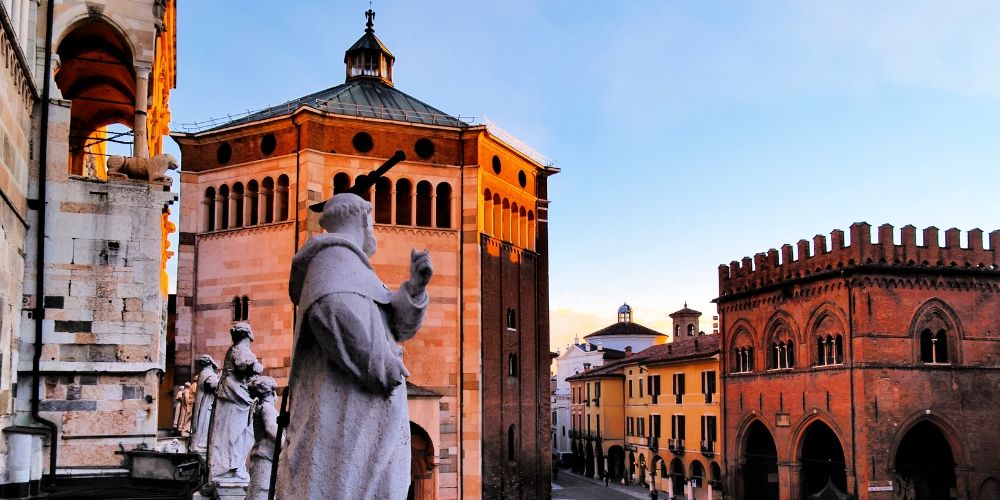
The city of the three 'T's': wherever you seek information about Cremona, you'll come across this description. The 'T' stands for torrone (nougat), Torrazzo (the most famous bell tower in town), and prosperous women.
However, there is much more than just these three elements. Cremona has a solid connection to music and the art of crafting musical instruments, which has been identified as an intangible heritage by UNESCO. Antonio Stradivari elevated this skill to its highest levels, making Cremona an international reference point.
The artisan workshops and the Violin Museum in Piazza Marconi offer a unique opportunity to discover the meticulous dedication and passion hidden behind the creation of violins and co.
Venturing just a short distance from the centro storico, you'll encounter the enchanting countryside shaped by the Po River. This area features natural reserves, castles, some of Italy's most beautiful villages, art cities, and an archaeological area included in the network of UNESCO prehistoric pile-dwelling sites in the Alps.
We've put together some travel tips to help you experience Cremona like a local. Have a look!
7. What to do in Cremona like a local: attending a sweet festival
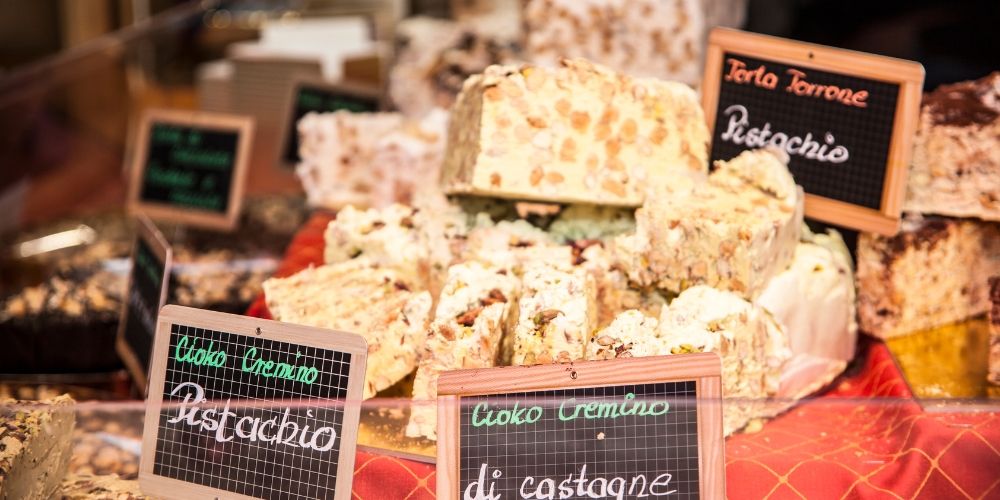
What was shortly to become a symbol of Cremona appeared for the first time at a banquet as a tribute to Torrazzo: torrone's glorious introduction to the gastronomic scene is traditionally linked to the royal wedding of Bianca Maria Visconti to Francesco Sforza in 1441.
However, the origins of this unmistakable delicacy, made with almonds, egg whites, and honey, are much older and can be traced back to Roman or Arab cuisine.
Nowadays, it is the star of one of the most anticipated celebrations in town: the annual Festa del Torrone. This event transforms the historic centre into a culinary runway for pastry chefs from all over Italy, showcasing their sweet creations. The festival also features historical re-enactments, concerts, and street shows.
Mark your calendars: the event is scheduled for November 11-19, 2023.
6. Strolling through the historic centre
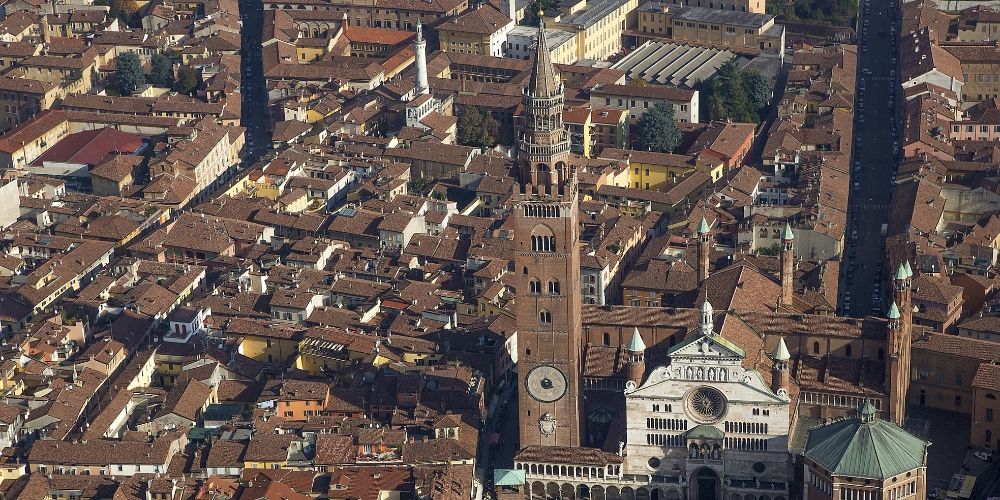
Park your car in Piazza Marconi or Piazzale della Croce Rossa and walk to Piazza del Comune to see some of Cremona's highlights. However, the main attractions are not just architectural or artistic.
Cremona is renowned for its culinary delights, from the traditional Pan Cremona to buy at the historic Pasticceria Lanfranchi to torroncini, graffioni, and mandorlati of the Sperlari shop in Via Solferino.
A sweet stop will help you better face the climb to Torrazzo: there is no other way to conquer the top of one of Europe's tallest medieval bell towers than climbing its 502 steps. The view of the city will more than repay your effort.
From there, you'll also have a clear idea of the following destinations, such as the Duomo, the Baptistery and the refined Loggia dei Militi.
Don't limit yourself to museums and monuments, though. Take your time to wander the streets and piazzas in search of surprises, be it the old inn Giuseppe Verdi loved or a luthier's workshop.
5. Meeting a luthier
In 2012, UNESCO recognized the traditional Cremonese craftsmanship as an intangible heritage of humanity. The art of violin making has been an integral part of Cremona's culture for centuries, with a precious know-how that has thrived since the 16th century.
Today, Cremona has more than 150 workshops where this extraordinary art is passed down from generation to generation. Each violin maker produces between three and six instruments a year by hand, with each piece conceived as a unique work of art with its distinctive characteristics. As a result, no two violins produce the same sounds.
All stages of production involve meticulous manual work without using industrial materials. It is a complex and refined art supported by the International School of Violinmaking, which aims to help new generations approach this craft.
Discover the world of music in the footsteps of Stradivarius with a virtual journey at the Museo del Violino located in Piazza Guglielmo Marconi.
4. Taking a trip to Mantua
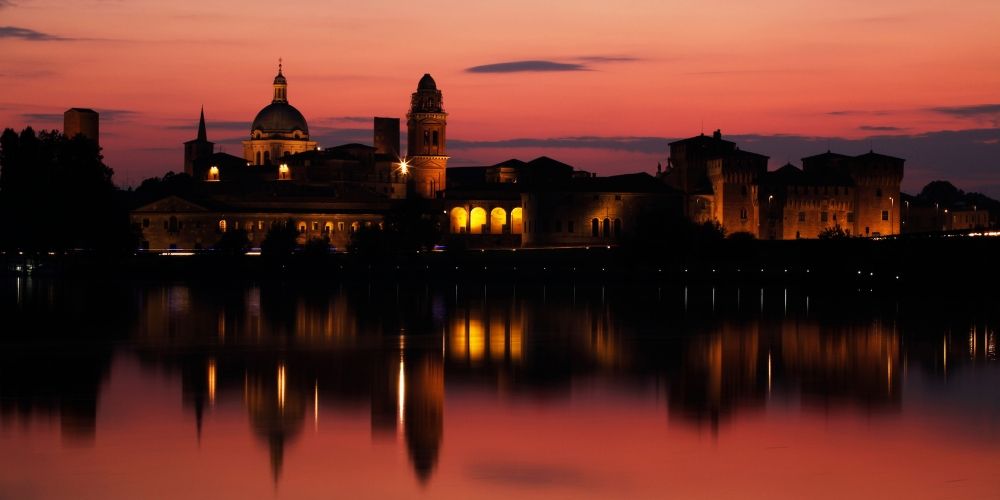
The surroundings of Cremona offer many attractions and destinations suitable for a day out. You could visit one of the villages on the Borghi più belli d'Italia circuit, such as Soncino or Gradella. Or, alternatively, take a trip to an art city nearby.
Mantua is approximately 65 kilometres away and offers a wealth of attractions, including parks, lakes, a UNESCO World Heritage site, splendid historic buildings, and excellent cuisine.
The Gonzaga shaped it according to the urban canons of the ideal Renaissance city, ordered and harmonious. The beauty of geometry and colours is revealed in a romantic glimpse from the San Giorgio bridge, with the delicate reflections of the city projected onto the water to amplify the visual impact.
Play an aria from Rigoletto, the opera by Giuseppe Verdi set here, into your smartphone's earphones to make the atmosphere even more magic.
In Piazza delle Erbe, passers-by bustle under the astronomical clock, animating what is Mantua's ancient medieval core and commercial soul.
A stroll under the arcades leads you to the most famous attractions, including the Castle of San Giorgio, where you can admire Mantegna's Bridal Chamber, and the Ducal Palace, which houses masterpieces by Pisanello, Rubens, and Raphael.
Get tickets for Palazzo Ducale Mantua3. Organising a bicycle tour
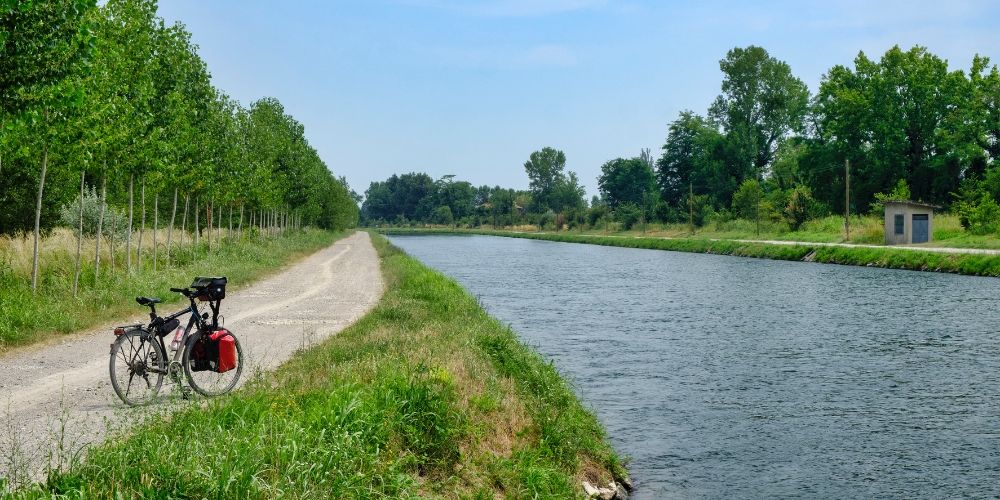
Exploring Cremona and its surroundings on a bicycle is an excellent experience that immerses you in the local culture. The cycle routes are specifically designed to help you discover the richness the area has to offer. You can visit historic villas, majestic castles, charming villages, and ancient parish churches, each with unique stories and traditions.
You can head towards the province's ancient walled cities and discover places such as Pizzighettone and Soncino; ride along the Cremonese canals; reach Crema along the Adda and Serio rivers; or cross the Via Postumia and thus travel along an ancient Roman road.
Maps of the cycle routes are available at the info point in Piazza del Comune.
Are you an itinerant tourism lover? Then you need to know this route. You can reach Milan by following the cycle paths and trails crossing the Lombardy countryside. The itinerary is full of natural and historical attractions and involves no particular difficulties. And once in Milan? You just have to take advantage of the Milan Pass.
Get your Milan Pass2. Shopping at the Wednesday market
As we often recommend in our local guides, visiting the city market is a great opportunity not only to shop but also to experience the local culture in one of its most popular and authentic places.
Cremona's market is traditionally held on Wednesdays and Saturdays. The street vendors' stalls are concentrated in Piazza del Comune, Piazza Stradivari, Piazza della Pace, and Largo Boccaccino.
The stalls are ready from early morning, offering an array of choices such as flowers, gastronomic products, clothing, and local delicacies that you can savour.
1. Sitting at a tavern table
Art, music and good food are three elements that describe Cremona's face. Torrone, just like the magnificent Torrazzo, is a symbol of the city, but it's not the only delicacy to savour when exploring the town.
Giuseppe Verdi and Garibaldi loved Cremonese Mostarda, the unique preserve served with meat and cheese. Pan Cremona, a historic cake prepared in the Pasticceria Lanfranchi in Via Solferino, is one of the Cremonesi's favourite Sunday rituals.
Then there are the must-try dishes, the cornerstones of the local cuisine to enjoy at the tables of traditional osterias. Marubini or marubèen, as the locals call them, is a delectable stuffed pasta whose recipe dates back to the 16th century. And the boiled meats - capon, chicken, beef or cotechino - a dish served with the ever-present mustard.
About the author
Written on 28/10/2023


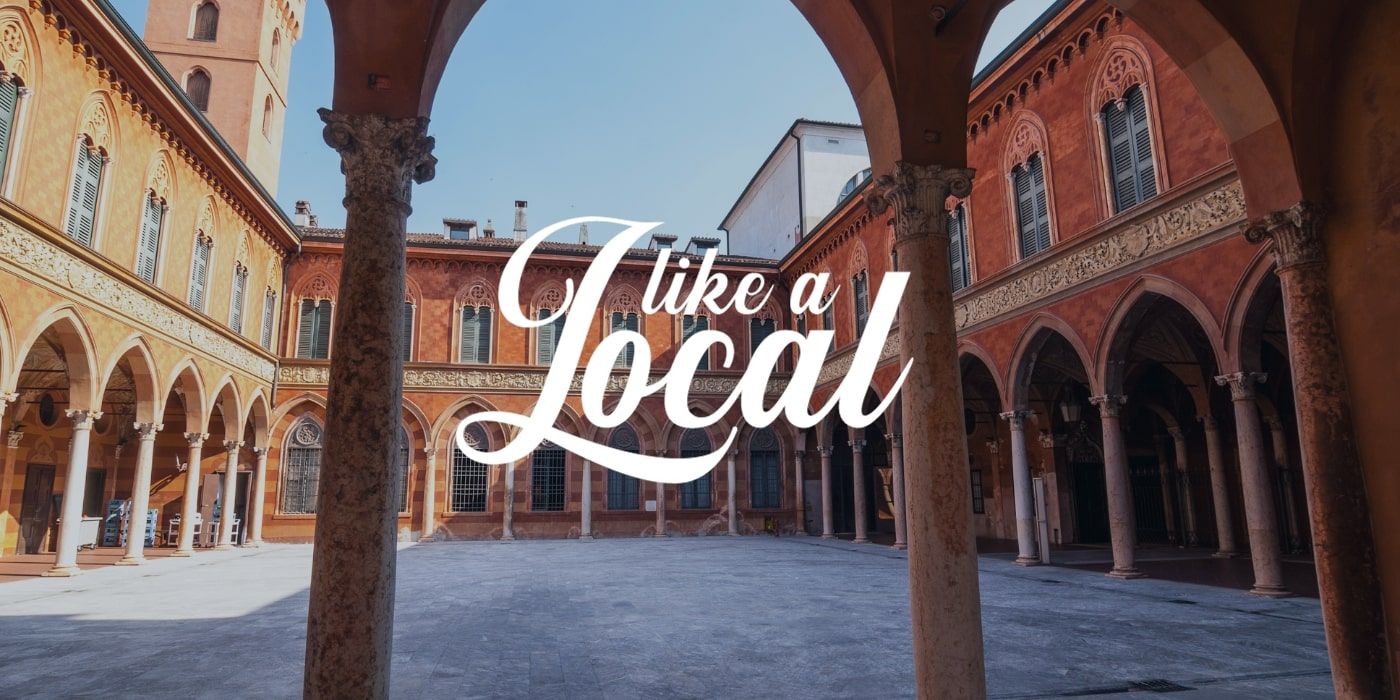
Lorena Calise
A journey to Cremona like a local amid music, art and flavours